Our native Dark bee has quite an adventurous history. Descendants from Central Asian ancestors became dominant across northern Europe. Below you will learn all about it.
Author: Dylan Elen (translation assistance: Ron Cheesman)
Once upon a time
About 6 million years ago the ancestors of honey bees migrated in two separate groups from Central Asia (see Figure 1). One subgroup headed southeast evolving into Apis cerana, the Eastern Honey bee. The other subgroup migrated to the west and overtime became Apis mellifera, the Western Honey bee. (Wallberg et al., 2014)
We will now focus on the development of Apis mellifera, our native honey bee. During its colonization of the west, the honey bee population regularly split into further groups so that a number of evolutionary lineages can be identified within Apis mellifera: lineage M which took a northern route through Europe then down through present day France into the Iberian peninsular; lineage C colonized southern Europe; lineage A went to Africa and finally lineage O travelled into Asia Minor and the Middle East1. These evolutionary lineages can be distinguished from each other by looking at the mitochondrial DNA (mtDNA)2 of honey bees. Figure 2 gives a view on the natural geographic distribution of these four lineages, including the various subspecies that ultimately arose through natural selection and evolution within those lineages3.
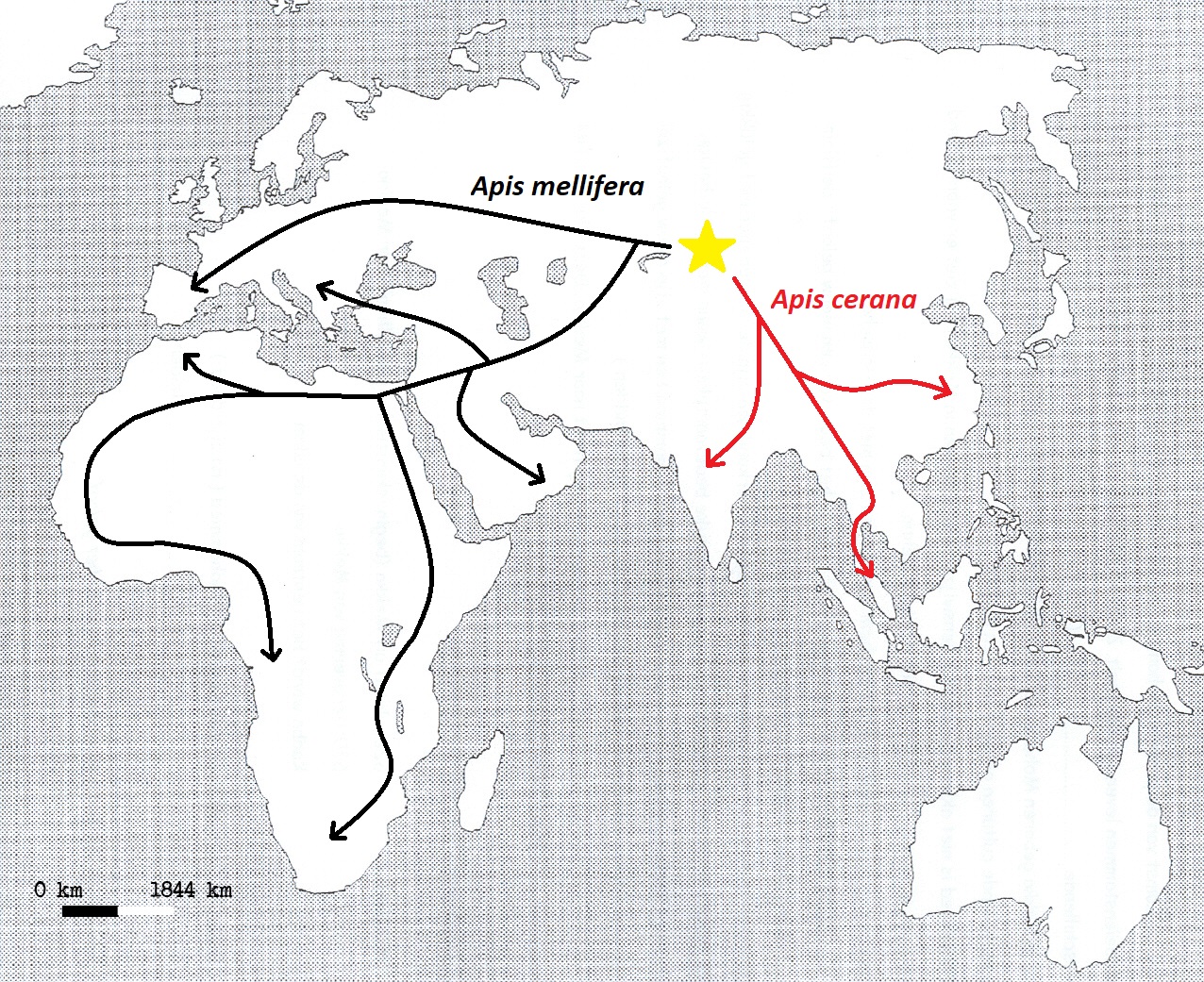
Figure 1: Representation of how 2 main migration flows have developed from a common ancestor population in Central Asia (yellow star): 1 towards the southeast of Asia (red), Apis cerana, and 1 towards the west (black), Apis mellifera (Jeroen Heremans, edited by Dylan Elen)
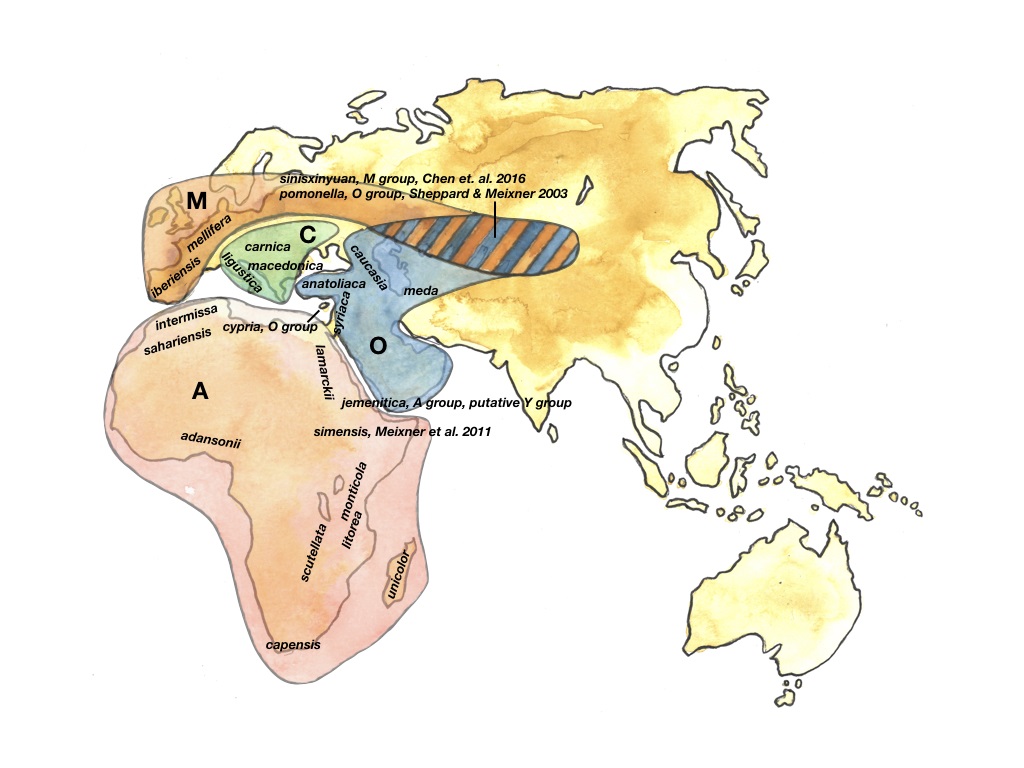
Figure 2: Representation of the geographical distribution of the evolutionary lineages within the Western honeybee, Apis mellifera (Keith Delaplane)
1 Within the scientific community there is a discussion about whether or not to recognize a fifth lineage, Y, on the Arabian Peninsula.
2 Animal cells possess mitochondria, the “energy factories of the cell”, which have their own DNA and are always inherited from the mother. Based on the differences in the COI-COII region of this DNA, the different evolutionary lineages can be distinguished.
3 Speciation, the biological concept behind the origin of species, will be explained in a following article.
Migration driven by climate and topography
Changes in climate during and between successive ice ages caused lineage M4 honey bees to repeatedly migrate back and forth from an area in Northern Europe (extending from France to Scandinavia) down into southern Europe to the French Languedoc, Provence and the Iberian Peninsula. During the last ice age (Weichselian: 116,000 to 11,700 years ago), lineage M honey bees were only to be found in northeastern Spain, between the Pyrenees and the Iberian Mountains (see Figure 3). From the transition to the Holocene (11 700 years ago) onwards the climate in northern Europe slowly warmed up allowing the growth of plants attractive to pollinators permitting part of lineage M honey bees to again migrate northwards where it has evolved into the subspecies Apis mellifera mellifera, or the Dark bee. Lineage M honey bees that had remained between the Pyrenees and Iberian mountains spread throughout the Iberian Peninsula and evolved into the subspecies Apis mellifera iberiensis, or the Iberian bee. (Miguel et al., 2007) Honey bees of lineage C: Apis mellifera ligustica, the Italian bee and Apis mellifera carnica, the Carniolan bee (see figure 3) could not migrate northwards because they were trapped behind natural barriers such as the Alps and Carpathian mountain ranges, or were not adapted to surviving in more northern climates.
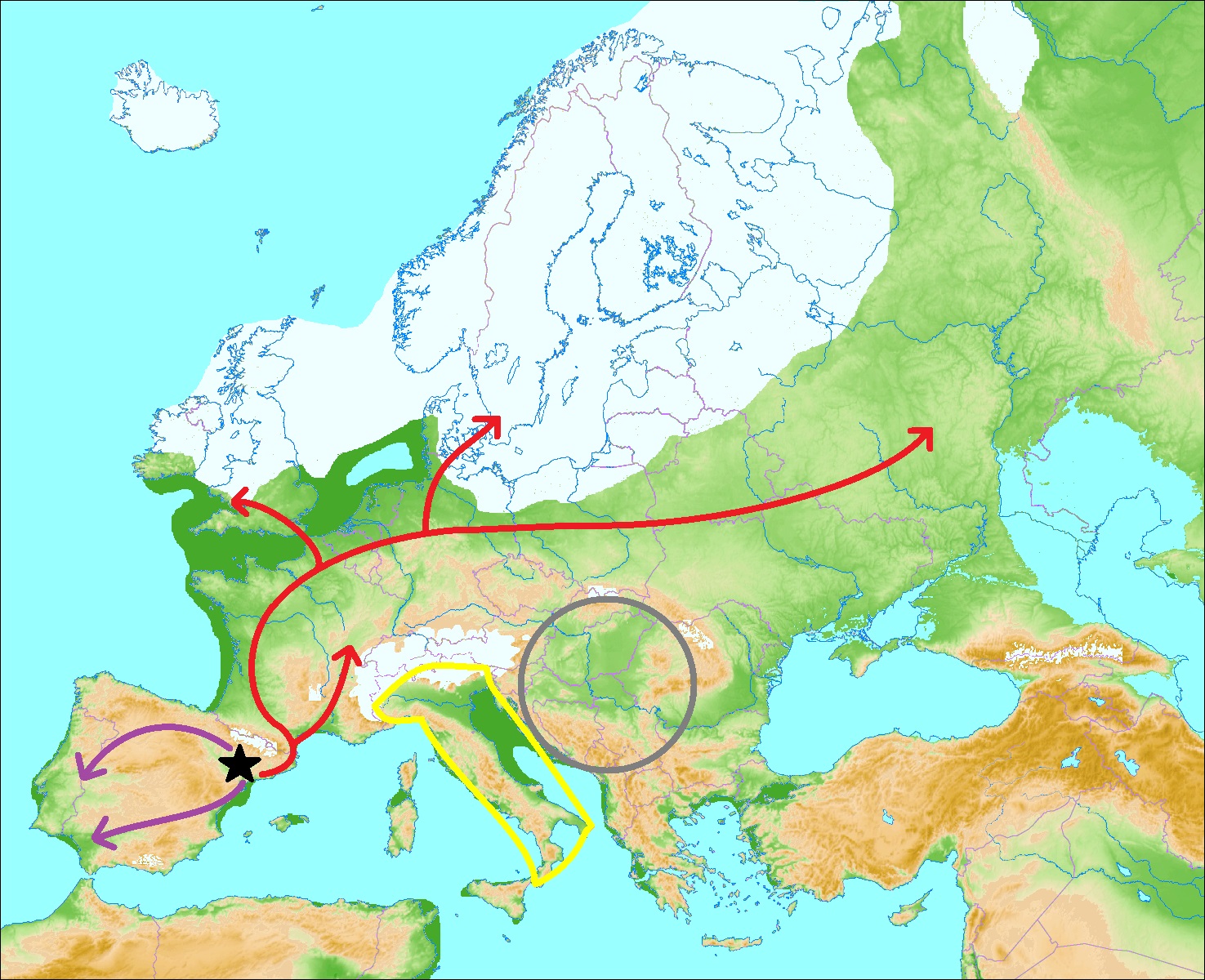
Figure 3: Representation of the refuge of lineage M honey bees during the Weichselian; the migration routes of Apis mellifera mellifera (red) and Apis mellifera iberiensis (purple), as well as the refuge of lineage C honey bees that would subsequently evolve into Apis mellifera ligustica (yellow) and Apis mellifera carnica (gray) (San Jose (Wikipedia), edited by Dylan Elen)
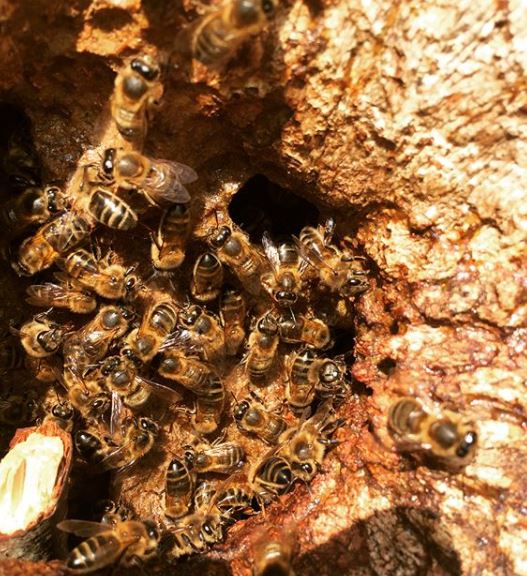
Figure 4: A colony of Dark bees living in the wild in Wales, the flight entrance of the nest is strongly guarded (Dylan Elen)
Biodiversity of the Western honeybee in Europe
The map below (Figure 5) shows the natural distribution of the habitats of the different European subspecies as they slowly developed naturally after the end of the Weichselian glacial period. Finally, Figure 6 below shows photographs of worker bees from each subspecies. Photograph no. 10, the Cretan honey bee (Apis mellifera adami), is from a museum collection because from the end of the 1990s this subspecies has been considered extinct due to ‘genetic pollution’. (Hazanis & Bouga, 2003) For the same reason other subspecies are struggling to survive, including our Dark bee. You can read more about this in the topic downfall.
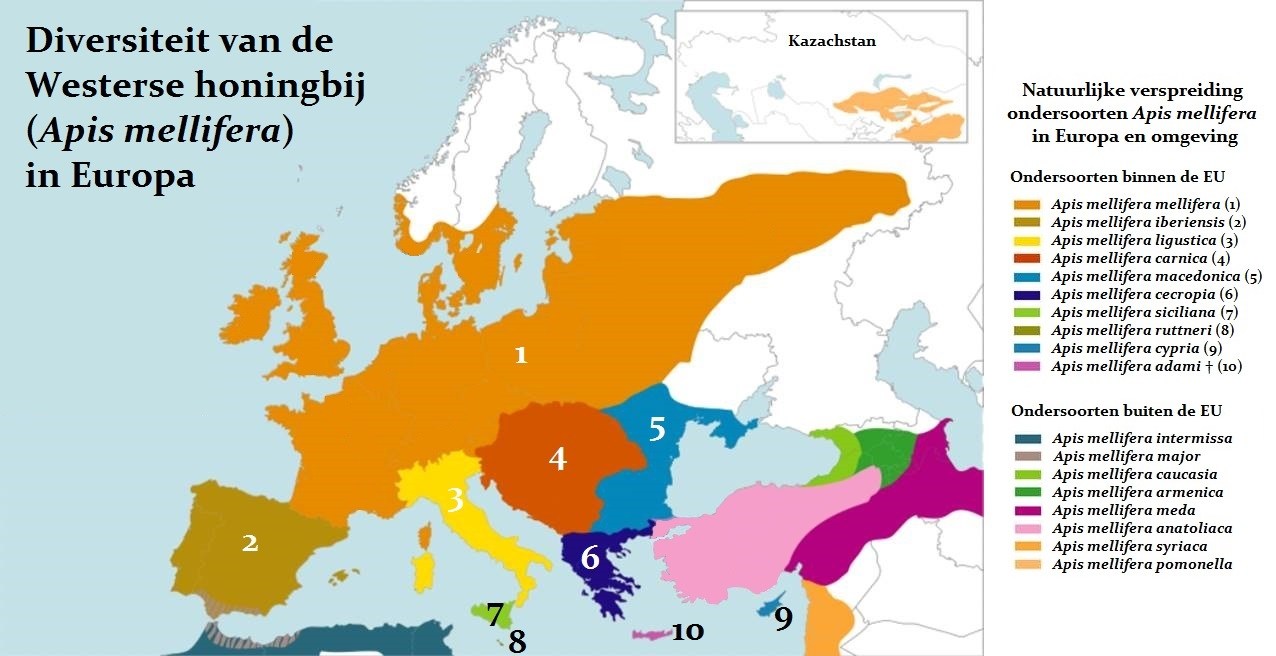
Figure 5: The natural habitats of the different European subspecies (author: Karl Udo Gerth; edited by Dylan Elen)
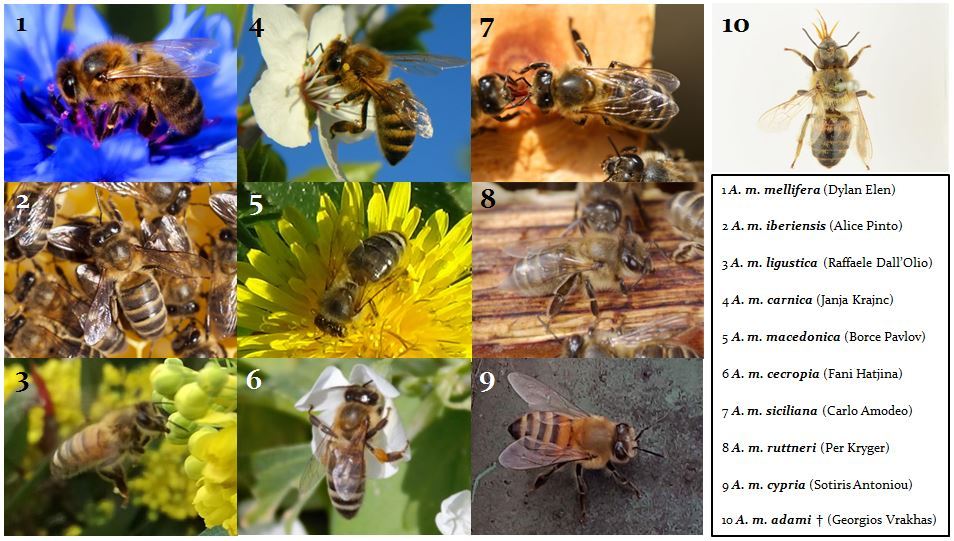
Figure 6: Workers of the different European subspecies of the Western honey bee (Apis mellifera), figures correspond to those used for the habitats in Figure 5. (Dylan Elen)
References
HARIZANIS, P. & BOUGA, M. 2003. Genetic structure of the Bee from Crete Island (Greece).
XXVIIIth International Apicultural Congress, Final Program and Book of Abstracts, Ljubljana, Slovenia, p. 696.
MIGUEL, I.; IRIONDO, M.; GARNERY, L.; SHEPPARD, W.S. & ESTONBA, A. 2007. Gene flow within the M evolutionary lineage of Apis mellifera : role of the Pyrenees, isolation by distance and post-glacial re-colonization routes in Western Europe. Apidology, 38 (2): 141-155.
RUTTNER F.; MILNER, E. & DEWS, J.E. 1990. The Dark European Honey Bee, Apis mellifera mellifera Linnaeus 1758. British Isles Bee Breeders’ Association, Derby, UK.
WALLBERG, A.; HAN, F.; WELLHAGEN, G.; DAHLE, B.; KAWATA, M.; HADDAD, N.; SIMOES, Z.L.P.; ALLSOPP, M.H.; KANDEMIR, I.; DE LA RUE, P.; PIRK, C.W. & WEBSTER, M.T. 2014. A worldwide survey of genome sequence variation provides insight into the evolutionary history of the honeybee Apis mellifera . Nature Genetics, 46 (10).
General comment
In addition to Apis cerana and Apis mellifera there are of course other species of honey bees: A. dorsata, A. florea, A. andreniformis, A. koschevnikovi and A. nigrocincta. They have been omitted to simplify the explanation but would have evolved from the same group of primeval honeybees as A. cerana and A. mellifera or from a more direct ancestor of A. cerana.






